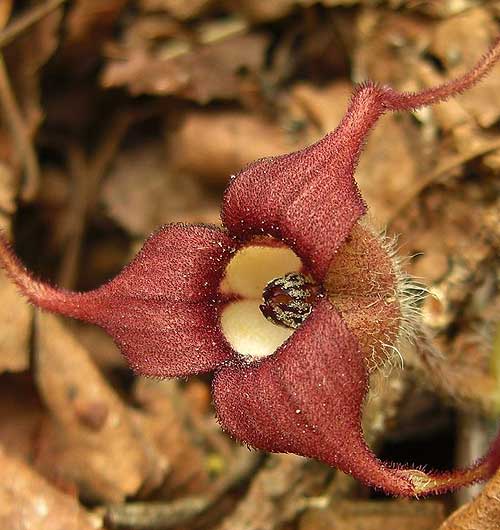As part of their studies in our Horticulture programs our students prepare fact sheets called “Garden Clippings”, which give you basic maintenance information for various plants, as well as the history behind some of our leafy friends.
Questions? Our library will grow so please check back from time to time. If you have questions please feel free to contact the Greenhouse and we will be happy to share information with you.
Thrips
Adults are slender, torpedo shaped and yellowish to brown or black with fringed wings. They are very fast moving and difficult to see without a magnifying glass
Tough Trees for Harsh Conditions
Many people have trouble growing trees because the trees they choose are not adapted to the environmental conditions in their area. Some environmental conditions will not sustain many types of trees.
Vermicomposting – An Indoor Solution to Excess Pollution
Red worms are earthworms that can consume their own weight in organic waste every day. These amazing creatures enable indoor composting to work with virtually no smell!
Wild Ginger
Wild ginger, Asarum canadense, is a perennial plant that grows under deciduous trees, forming a green mat in the woods. It has large heart or kidney shaped leaves that are hairy, dark green and deeply cupped at the stem. The leaves grow in opposite pairs to a height of about 8 to 10 inches.
Wildflower Gardening
Many people think that a wild flower garden is simply a section of lawn that no one bothered to cut. Low in maintenance, wildflowers are hardy or native to their surroundings. This ensures beautiful plants that are adapted to local soil, water and climate.
Wildlife for Ponds
Wildlife will help create a more natural and beautiful atmosphere for any pond. All it takes is a little know - how and determination.
Xeriscaping
Xeriscaping has been the general direction of the landscaping industry for the last few years. The goal is to design, create and maintain a landscape that conserves water . Xeriscaping techniques are beneficial financially, environmentally, and esthetically.







